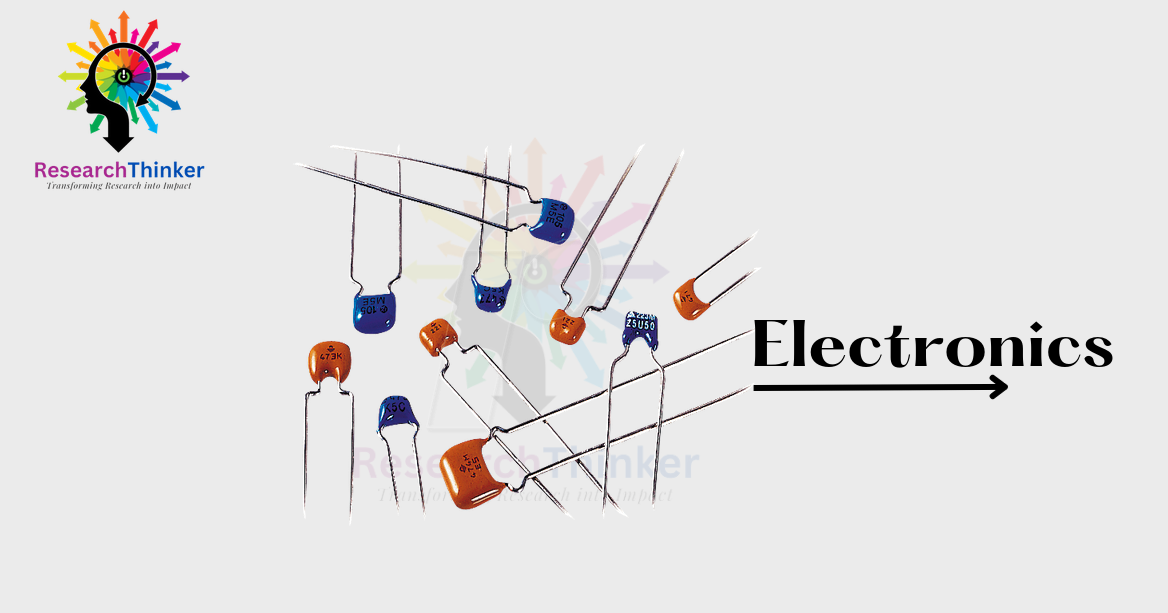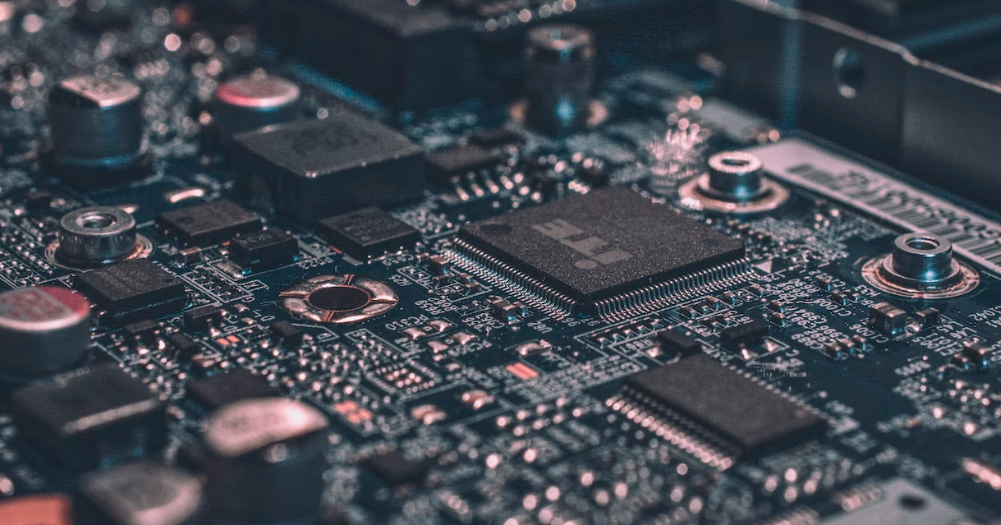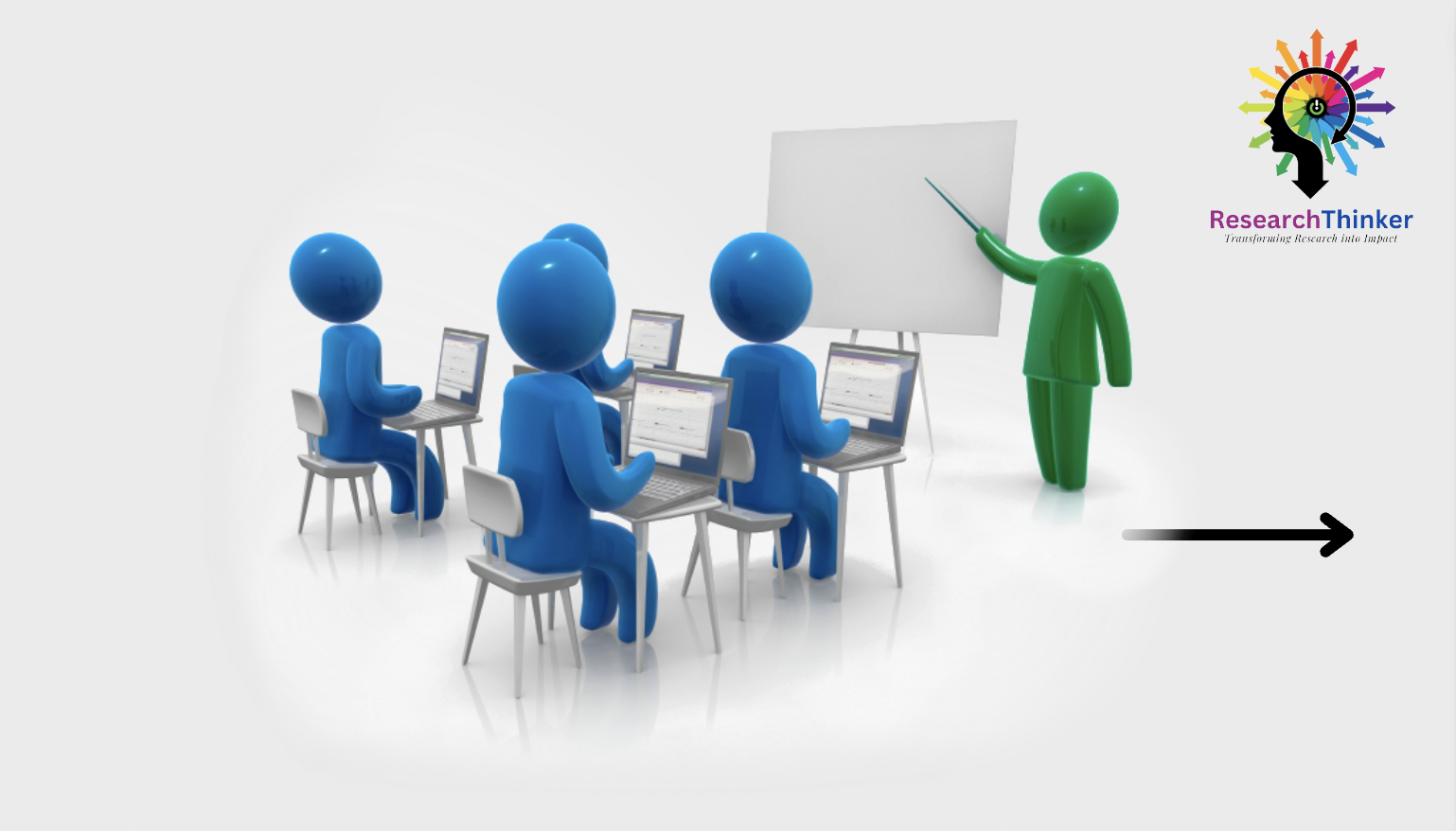For IoT beginners, below are 50 essential electronic components one must know
- Arduino Uno or NodeMCU ESP8266
- Breadboard
- Jumper wires
- LEDs (various colors)
- Resistors (assorted values)
- Capacitors (assorted values)
- Pushbuttons
- Potentiometers
- Photoresistors (LDRs)
- Buzzer
- Temperature sensor (e.g., LM35 or DS18B20)
- Humidity sensor (e.g., DHT11 or DHT22)
- Light sensor (e.g., LDR or TSL2561)
- Motion sensor (e.g., PIR sensor)
- IR receiver and IR remote
- Ultrasonic distance sensor (e.g., HC-SR04)
- Servo motor
- DC motor
- Stepper motor
- Motor driver (e.g., L293D)
- Relay module
- Shift registers (e.g., 74HC595)
- Real-time clock module (RTC)
- LCD display (16×2 or 20×4)
- OLED display
- RFID reader module
- NFC module
- Bluetooth module (e.g., HC-05 or HC-06)
- Wi-Fi module (e.g., ESP8266 or ESP32)
- GSM module (e.g., SIM800L or SIM900)
- GPS module
- Accelerometer (e.g., MPU-6050)
- Gyroscope
- Magnetometer
- Pressure sensor (e.g., BMP180 or BMP280)
- Gas sensor (e.g., MQ-2 or MQ-135)
- Sound sensor (e.g., microphone or sound detection module)
- Voltage regulator
- Diodes (e.g., 1N4007)
- Transistors (e.g., NPN and PNP)
- Logic gates (e.g., AND, OR, NOT)
- Op-amp (e.g., LM358)
- Shift level converter (e.g., 5V to 3.3V or vice versa)
- Power supply module
- Battery holder
- Soldering iron and soldering accessories
- Multimeter
- Breadboard power supply
- Enclosure or project box
- Various connectors (e.g., male and female headers, jumper cables, terminal blocks)
This list covers a wide range of components commonly used in IoT projects.







